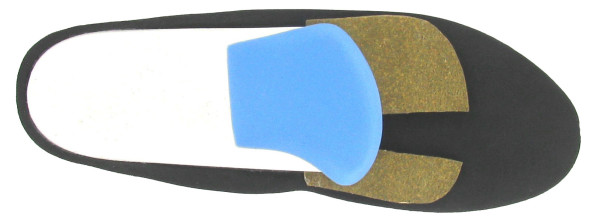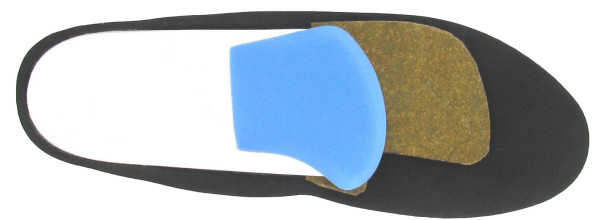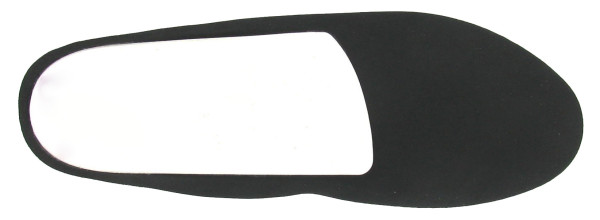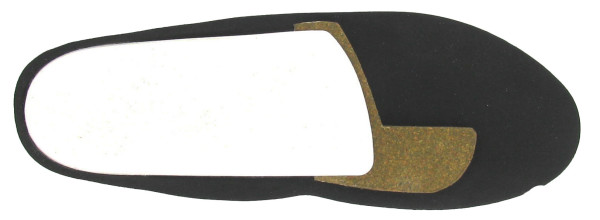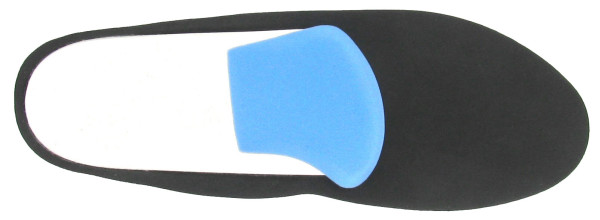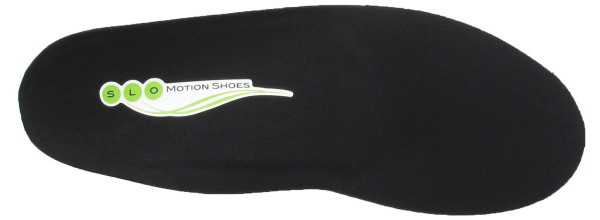Posted by slomotionshoes | 25 August, 2015
The Importance of the Shoe-Orthotic Combination
When it comes to treating foot conditions, there are many things to consider regarding the biomechanics and limitations of the foot. If you’ve come into our store, you may have noticed that we talk about the importance of both orthotics and good footwear in the treatment of your specific condition. There are only so many aspects of a condition that can be treated with an orthotic or shoe alone. To get the full benefit of either, they need to be used in conjunction. Together, a shoe and orthotic combination can work wonders in treating your painful foot ailments.
The purpose of an orthotic, especially our condition-specific orthotics made in-store, is to support the arch of your foot, off-load pressures on certain regions of the foot, begin to correct over-pronation, and generally distribute pressure evenly in the foot to reduce high pressure points. The hard plastic within an orthotic supports the arch without losing its integrity when loaded. Certain modifications that are added to the orthotic create an off-loading effect on the foot. An orthotic that is posted, or has a wedge on the heel as opposed to a rounded heel, works to correct over-pronation. All of these characteristics together allow the orthotic to distribute pressure on the foot. When used alone, this is all it can possibly do. Even though it can do a lot by itself, an orthotic is limited in the ability to immobilize the forefoot to decrease bending of joints or stretching of the plantar fascia for people to have plantar fasciitis.
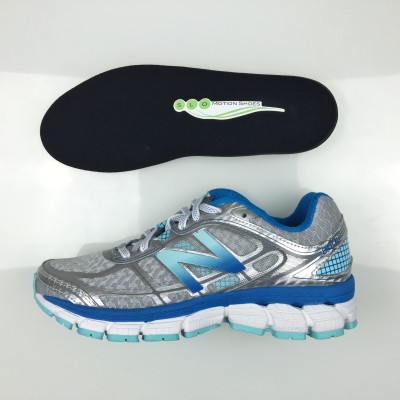
Good shoes, on the other hand, provide structure to the foot, limit motion of the foot, and set a solid foundation for the support within the shoe. Important features of a shoe that provide structure to the foot are a firm heel counter, the solid and supportive midsole, and a fastening method such as laces or straps to hold your foot securely within the shoe. The solid midsole limits the motion of the foot and decreases excessive movement or stretching of joints or ligaments. Depending on your individual needs, other important features such as a roll bar or hard material shanks in the shoe may be necessary, as well. All of these features together comprise a solid foundation for the supportive insole in the shoe.
Since there is such a variety of arch support needs amongst people, shoe companies make the most general insole that will fit the widest variety of people. Typically, these insoles are cushioned, very flexible, and provide little to no support. This is why replacing that insole with an orthotic that fits your needs is important to get the most out of the shoe. Likewise, it is important to put your orthotic in a supportive shoe as described above to get the full benefit of the orthotic.
Stop by SLO Motion Shoes to meet with one of our Fit Specialists for assistance in finding the perfect fit for you.

